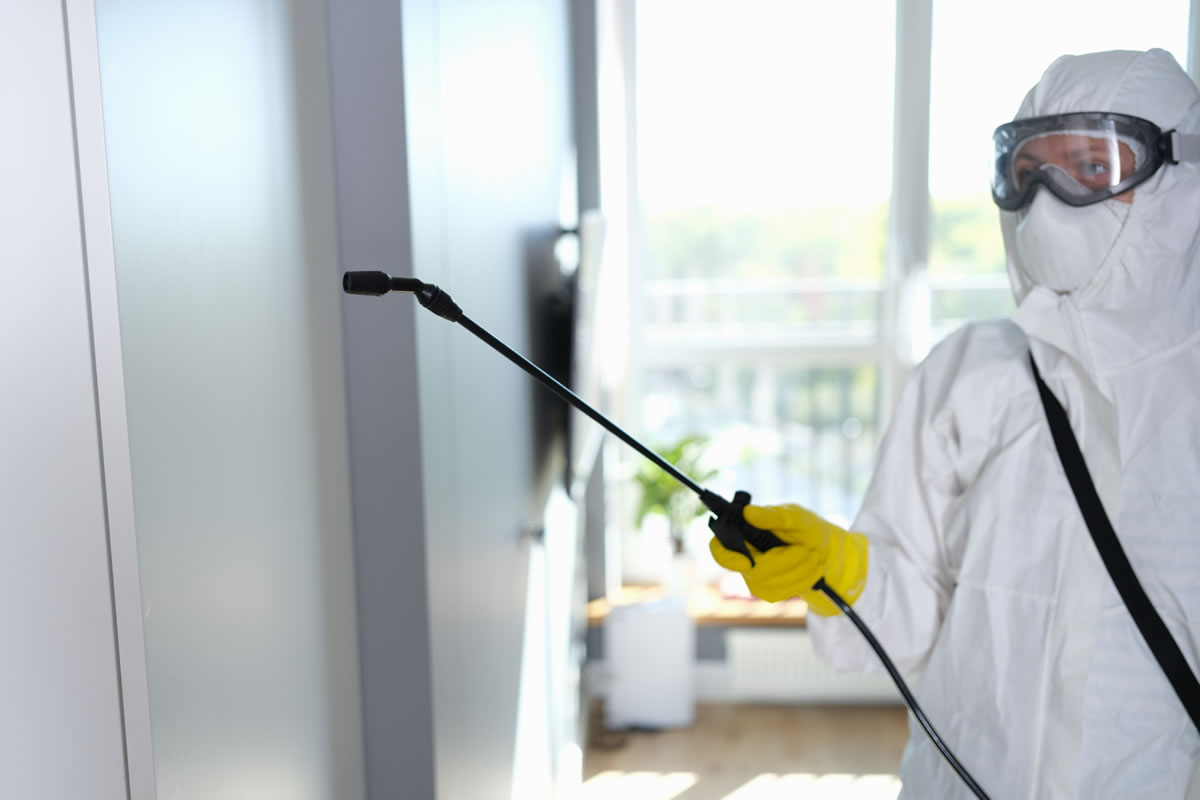
Flu season will be here before you know it, so it's time to prepare to strictly clean professional and common spaces to combat the spread of the flu. Destroying the influenza virus demands a customized method for different areas, leaning on their standard touch points and trafficked locations.
Keeping shared areas sanitized during peak flu season is vital as potentially lethal flu viruses can survive on surfaces for a whole day—more than enough time to transform an office space into a full-blown danger zone. Right now, offices should take a lesson from last year's elevated count of illness-related deaths and take early precautions.
This guide will remind janitorial staff and housekeeping services for office spaces about how to help keep people healthy and safe this year. Before we plunge into the specifics, though, our experts on office cleaning in Commerce, CA, want to take a quick moment to remind you about the distinction between sanitizing and disinfecting when cleaning areas for the flu virus.
While sanitizing is useful for regular cleaning habits, peak flu season screams for more drastic approaches: enter the craft of disinfecting.
Disinfecting means destroying all bacteria, viruses, and fungus in a given location or on a surface. While sanitizing will leave flu viruses on a surface, inclined to infect people in a shared space, proper disinfecting will destroy all influenza viruses effectively, decreasing the viruses' ability to contaminate students, attendants, patients, and office workers. Therefore, disinfection cleaning approaches should be used when trying to kill the flu and other illnesses.
We have already looked at disinfecting the dirtiest shared spaces in your office. Still, it bears repeating: maintaining a clean office and disinfecting during prime flu season is essential to preserving a healthy and effective staff. The break room should be the priority of cleaning efforts, as it's the most generally shared space and features touch points that virtually every worker will interact with at least once every day. Disinfect countertops, sink spigots, knobs, and refrigerator handles; they're heavily trafficked areas that are rarely cleaned and an excellent place for the flu virus to conceal and prosper. If the break room flooring is tile or linoleum, it should be mopped and disinfected, and you should vacuum carpets regularly.
Regarding personal workspaces such as desks or cubicles, the exteriors should be disinfected regularly, particularly if colleagues come into work unwell. Keyboards must also be disinfected and allowed to air dry. Mice and mouse pads are another neglected area that you should disinfect, as well as monitors, speakers, and other commonly touched mechanisms in a private work area.
Outside of disinfecting via cleaning, there are steps that people present in offices should take to contain the spread of flu. Hand washing is one of the most practical methods to stop the spread of flu, and employing hand sanitizer regularly.
Posting signs about the significance and demand for workers to wash their hands regularly, or supplying kiosks with hand sanitizer and disinfectant wipes for individuals to clean their hands, has proven to be highly effective in workspaces. Beyond self-care, maintaining the cleanliness and organization of heavily trafficked areas outside peak flu season is also a vital preemptive step.